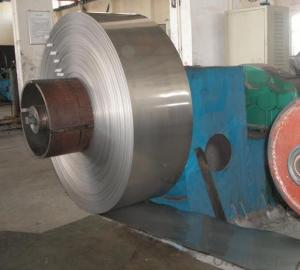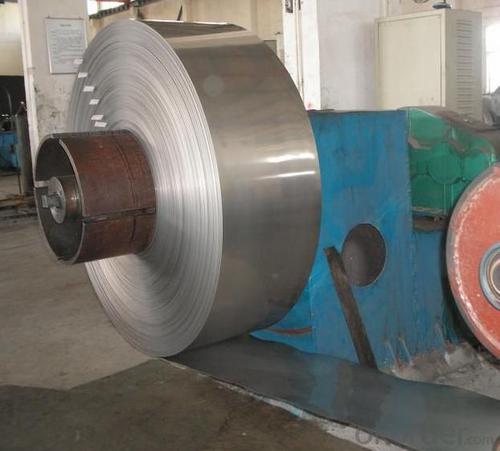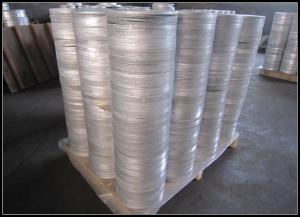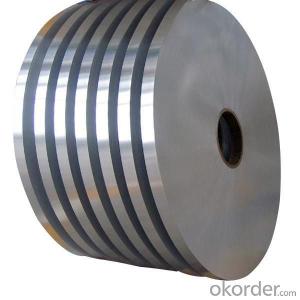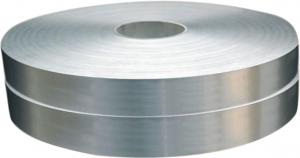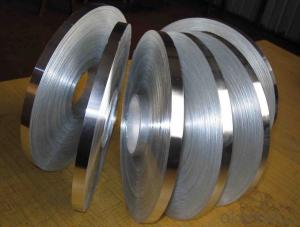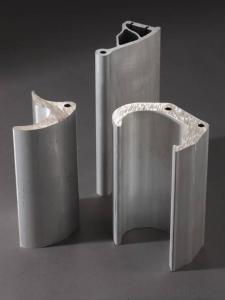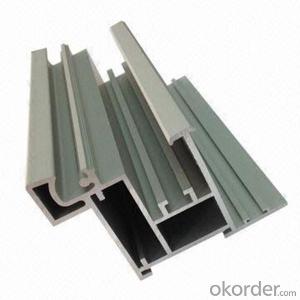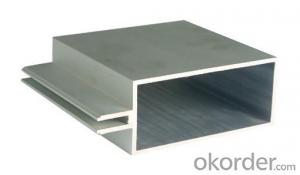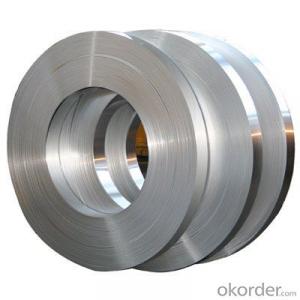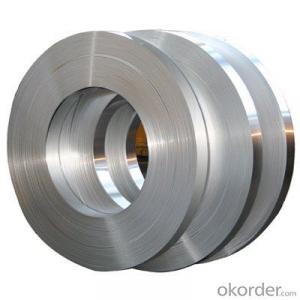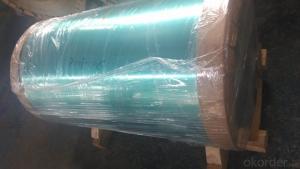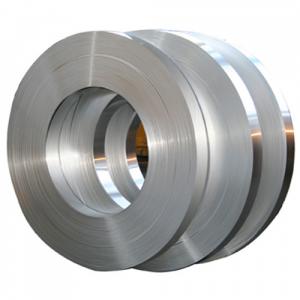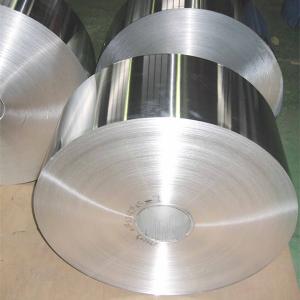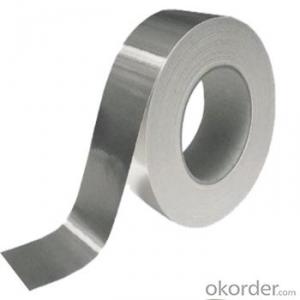Aluminum Alloy Strip for Electrical Transformer Winding - Aluminum Profiles for LED Strips
- Loading Port:
- Shanghai
- Payment Terms:
- TT OR LC
- Min Order Qty:
- 2.5
- Supply Capability:
- 5000 m.t./month
OKorder Service Pledge
OKorder Financial Service
You Might Also Like
Specification
Aluminum Alloy Strip for Electrical Transformer Winding
lProduct Information
Products | round edge aluminum strip for transformer winding |
Application | For transformer winding |
Alloy | 1060, 1050, 1350, 1070 |
Temper | O |
Thickness | 0.1mm - 3.0mm |
Width | 10-1400mm |
Conductivity(%IACS) | ≥62.5 |
Reisitivity (Ω·mm² /m) | ≤0.02825 |
Elongation (%) | >26 |
Tensile strength(Mpa) | 60-95 |
Density in 20°C | 2.7g/cm3 |
Edge processing | Round edge or Chamfering and deburring |
Packaging | eye to wall or eye to skype |
Payment term | 100% L/C at sight or 30% prepayment |
Delivery time | about 20 days after receiving the deposit or original L/C |
lPackaging & Delivery Details
Packaging: Standard seaworthy packing
Delivery: About 25 days after received your advance
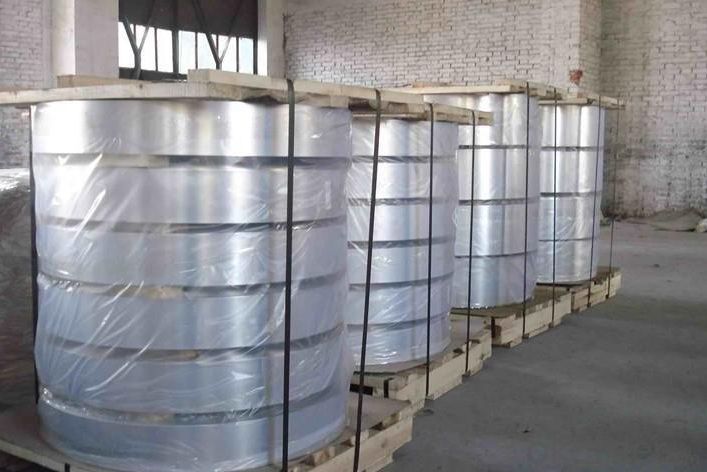
lCompany Profile
CNBM International Corporation, China National Building Materials (Group) Corporation, is one of the largest companies in China building
material & equipment industry, with 42,800 employees and sales in 2005 of US Dollar 4.395 billion. In 2006, China National Building Material Company Limited was listed on Hong Kong Stock Market with the stock code as 3323.
CNBM has been involved in aluminium products for about a decade. With advanced technology and equipment, our products have been sold to the worldwide including America, Europe, as well as South Asia, etc.
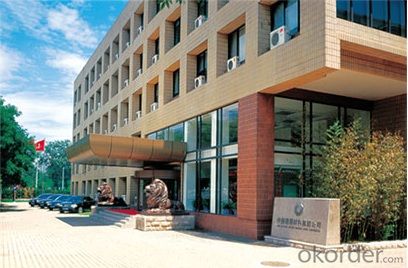
lProduct Images

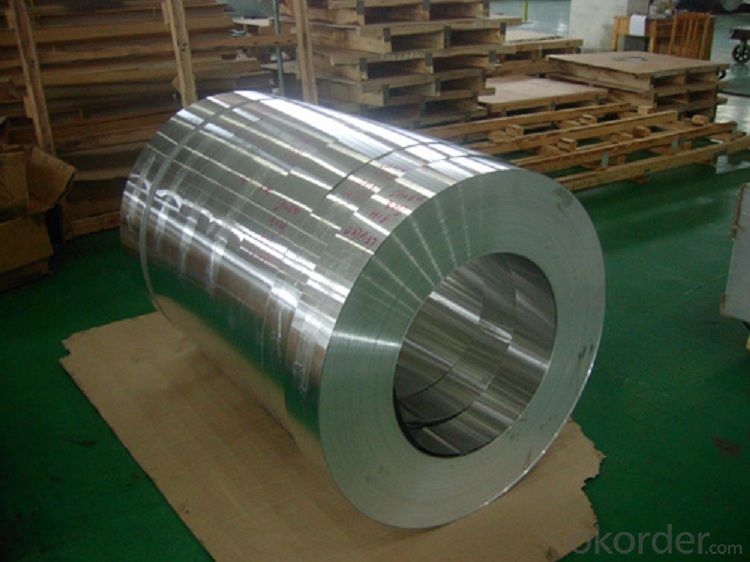
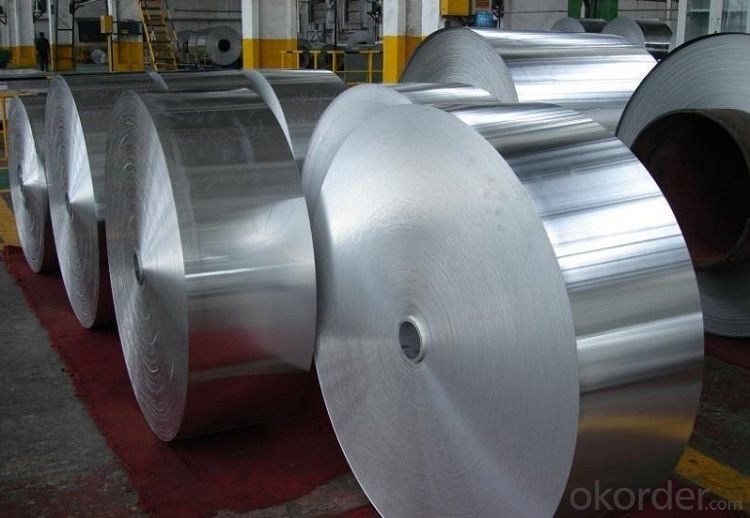
lCertificates
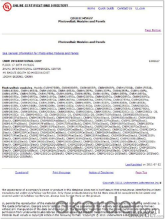


lFAQ
Q: Do you provide free samples?
A: Yes, free samples will be sent to you on freight at destination.
Q: Can I get your latest products catalogue?
A: Yes, it will be sent to you in no time.
Q: What is the MOQ?
A: 2.5 tons
- Q: This question asks about the impact of temperature on the performance of aluminum strips used in construction.
- <p>Temperature significantly affects the performance of aluminum strips in construction. At low temperatures, aluminum becomes more brittle, reducing its ductility and increasing the risk of cracking or breaking under stress. Conversely, high temperatures can cause aluminum to lose strength and become more susceptible to deformation. It's crucial to maintain optimal working temperatures to ensure the structural integrity and longevity of aluminum components. Additionally, temperature fluctuations can lead to thermal expansion and contraction, affecting the fit and alignment of aluminum strips, potentially causing gaps or misalignments in constructions.</p>
- Q: What gas is best for welding aluminum strip?
- If the welded aluminum strip is welded by argon arc welding, it is best to use high purity argon and 5 purity of 9.
- Q: Is it possible for a non-professional to install an aluminum strip roof?
- <p>Yes, it is possible to install an aluminum strip roof without a professional, but it requires some basic knowledge of roofing and carpentry skills. You'll need to measure and cut the aluminum strips to fit your roof, secure them with nails or screws, and ensure proper overlap for water resistance. It's important to follow the manufacturer's instructions and safety precautions. However, if you're not comfortable with DIY projects or if your roof is complex, hiring a professional is recommended to ensure the job is done correctly and safely.</p>
- Q: 1060 what is the hardness of aluminum strip?
- Brinell hardness measurement method is to use a hardened steel ball, such as the diameter of 5 mm steel ball, with a certain force into the parts or material surface, and then measure the indentation size, read the hardness value.
- Q: What characteristics or attributes are typically associated with aluminum strips?
- <p>Aluminum strips possess several properties that make them versatile in various applications. They are lightweight, strong, and have good thermal and electrical conductivity. Aluminum strips are also corrosion-resistant, which makes them suitable for outdoor use. They exhibit good ductility, allowing them to be easily bent and shaped without breaking. Additionally, they have a high reflectivity, which is useful in applications requiring light reflection. Aluminum strips are non-magnetic and can be easily recycled, contributing to their sustainability.</p>
- Q: What are the environmental regulations that impact the production and usage of aluminum strips?
- <p>Yes, there are several environmental regulations that affect the production and use of aluminum strips. These include regulations on emissions, waste disposal, and energy consumption. For instance, the European Union's Industrial Emissions Directive sets standards for emissions from aluminum production facilities. In the United States, the Environmental Protection Agency (EPA) enforces regulations such as the Clean Air Act and Resource Conservation and Recovery Act (RCRA), which impact how aluminum is produced and used. These regulations aim to minimize pollution, conserve resources, and promote recycling, thereby influencing the aluminum industry's practices globally.</p>
- Q: Is it possible to use aluminum strips as a material for exterior siding on a building?
- <p>Yes, aluminum strips can be used for siding. They are known for their durability, resistance to corrosion, and low maintenance requirements. Aluminum siding is lightweight, easy to install, and comes in various colors and styles, making it a popular choice for residential and commercial buildings. It also has good resistance to harsh weather conditions and does not rot or warp, which are common issues with wood siding.</p>
- Q: This question asks if it's possible to use various types of siding materials on a home's exterior to achieve a desired aesthetic.
- <p>Yes, you can use different types of siding on your home's exterior to match your style. Mixing materials such as vinyl, wood, brick, or stone can create a unique and personalized look. It's important to consider the architectural design and ensure that the materials complement each other in terms of color, texture, and style. Consult with a professional to help you choose the right combination that suits your home and preferences while also considering factors like durability, maintenance, and cost.</p>
- Q: Is it possible to use recycled adhesive to attach aluminum strips?
- <p>Using recycled adhesive to install aluminum strips is generally not recommended. Recycled adhesive may have reduced adhesive properties due to previous use, which could compromise the bond's strength and durability. It's crucial to use a new adhesive specifically designed for the material and application to ensure a secure and long-lasting installation. Always follow the manufacturer's guidelines for the best results.</p>
- Q: What steps or criteria should I use to determine if an aluminum strip is suitable for my specific application?
- <p>To determine if an aluminum strip is safe for your application, consider the following: 1) Check the alloy type for its specific properties like strength, corrosion resistance, and temperature tolerance. 2) Ensure it meets the required mechanical properties such as tensile strength and yield strength. 3) Verify its chemical composition to avoid any adverse reactions with other materials in your application. 4) Confirm its compliance with industry standards relevant to your field. 5) Conduct tests for fatigue, stress corrosion cracking, and other relevant properties. 6) Consult with suppliers or material scientists for their recommendations based on your application's specific needs.</p>
Send your message to us
Aluminum Alloy Strip for Electrical Transformer Winding - Aluminum Profiles for LED Strips
- Loading Port:
- Shanghai
- Payment Terms:
- TT OR LC
- Min Order Qty:
- 2.5
- Supply Capability:
- 5000 m.t./month
OKorder Service Pledge
OKorder Financial Service
Similar products
Hot products
Hot Searches
Related keywords
